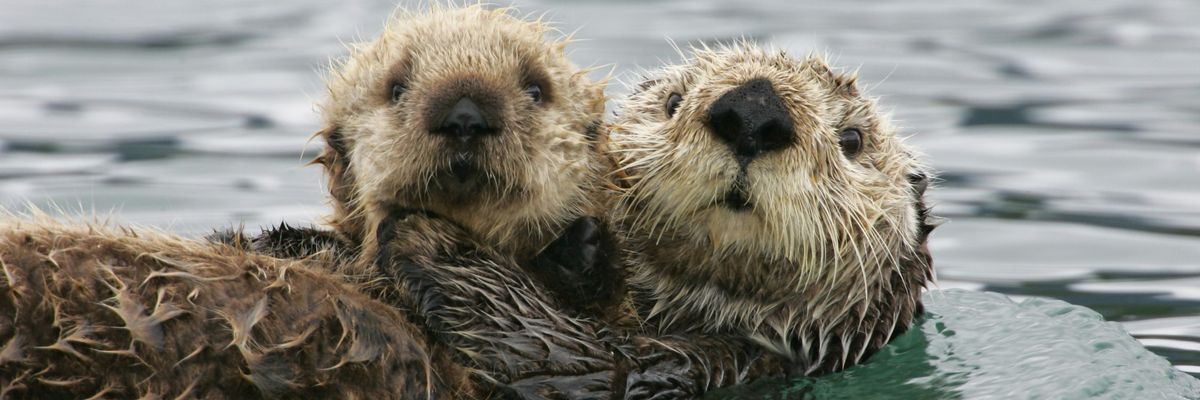Vaccines. Ozempic. Pacemakers. Painkillers. Modern wind turbines. Avocados.
All of these products and more are only possible thanks to the unique properties of powerful yet little-discussed animals. But all of these creatures are in immense danger due to rampant human intervention and the ravages of climate change.
Scientists have long rang the alarm bells about losing animal populations. And in December, they issued a
dire warning: We're set to lose more than one-tenth of our plant and animal species by the end of the century.
It would require monumental societal change to avert this. Unfortunately, efforts to protect wildlife are often
strapped for cash and rarely receive sufficient policy support. And history has shown us that change doesn't happen until people truly understand how failing to act will affect their lives.
Losing animals–no matter how small or obscure–means unleashing a wave of health harms, forsaking landmark new cures, decimating our diets, and sacrificing powerful tools to improve our lives.
So rather than just discussing animal loss, we need to explain what that really
means for society. Here's the rub: Losing animals–no matter how small or obscure–means unleashing a wave of health harms, forsaking landmark new cures, decimating our diets, and sacrificing powerful tools to improve our lives.
Let's dive into just some of the animals that have an outsized, yet little-known impact on our lives. For one, consider the enormous power of tiny horseshoe crabs. These creatures–which were around before dinosaurs–contain bright blue blood that is incredibly sensitive to toxic bacteria. When nefarious substances hit the immune cells, these special cells create a wall around them to block any spreading.
This unique property has made horseshoe crabs the darlings of researchers around the world. Scientists use them to test the safety of virtually every vaccine, antibiotic, and implanted medical device. In fact, their blood was
crucial to develop COVID-19 vaccines.
But these instrumental creatures are in trouble. They are
frequently overharvested for biomedical research and for use as bait in the fishing industry. Their habitats are also threatened by coastal development and shoreline erosion. And rising temperatures and sea levels could reduce their ability to reproduce.
Meanwhile, the Gila monster–a lizard whose venom contains a special hormone that slows digestion–was responsible for the now-blockbuster diabetes and weight-loss drug Ozempic. The Gila monster could contain even more miraculous secrets for humans. But their populations are threatened due to humans encroaching on their territories, plus high temperatures and drought conditions made worse by climate change.
Beyond the doctor's office, animal loss could also have a monumental impact on our kitchen tables. Pollinators like bees and butterflies are directly responsible for about
one-third of the foods Americans eat. That includes the vast majority of our crops–like avocados, almonds, apples, blueberries, peaches, and cocoa beans. Our store shelves would be wiped out without the hard work of these overlooked creatures.
Unfortunately, pollinator populations are at serious risk, largely due to habitat destruction, disease, and climate change. In fact, we're already seeing
significant declines in fruit, vegetable, and nut production due to losses of these critters.
Animals are also a lynchpin of scientific innovation. Scientists have
used butterflies to develop anti-counterfeiting technology, humpback whales to boost the power of wind turbines, and beaver and sea otter fur to revolutionize wet suits.
Beyond individual animals, it's also critical to understand how parts of our ecosystem work together. When one species is threatened, that unleashes a cascade of consequences for other species as well. There's simply no telling the full extent of how mass species loss will upend our lives.
Fortunately, there's action we can take right now to help avert disaster. Lawmakers just reintroduced the bipartisan
Recovering America's Wildlife Act, which would dedicate $1.4 billion to needed conservation efforts. The bill died in Congress last year; we simply can't afford to let that happen again.
The fact of the matter is, protecting animals isn't just about protecting animals. It's about unlocking new cures, sparking new innovations, and so much more. Let's start acting like it.

